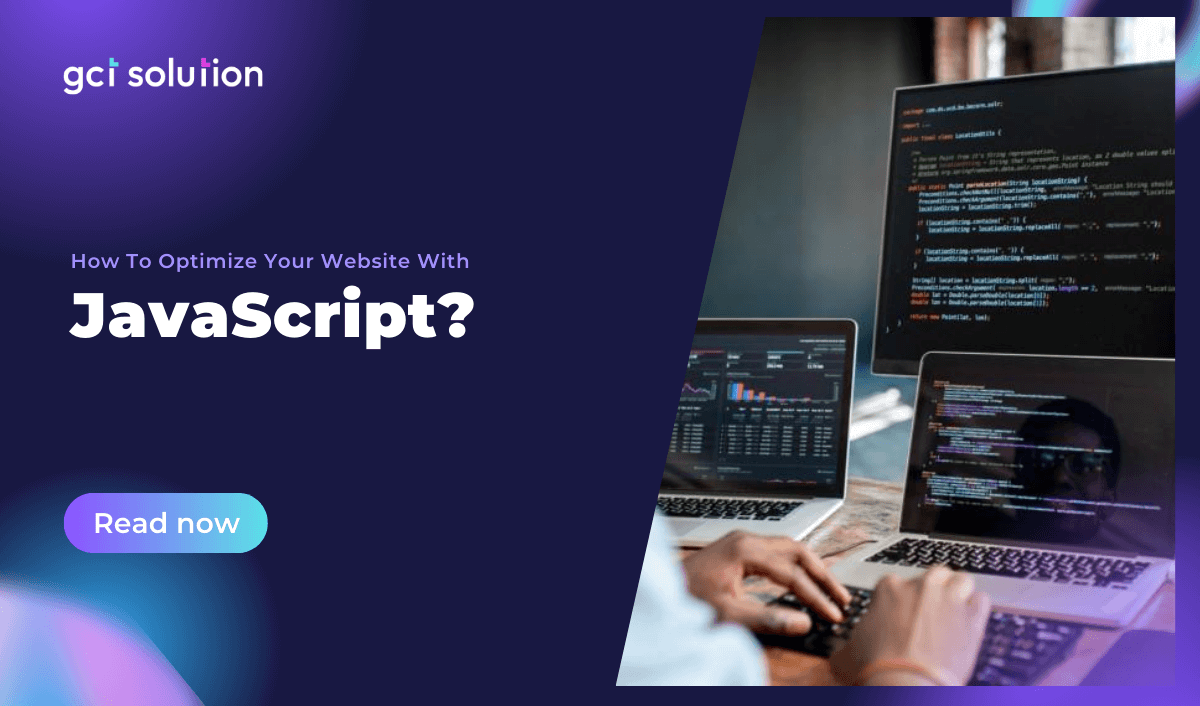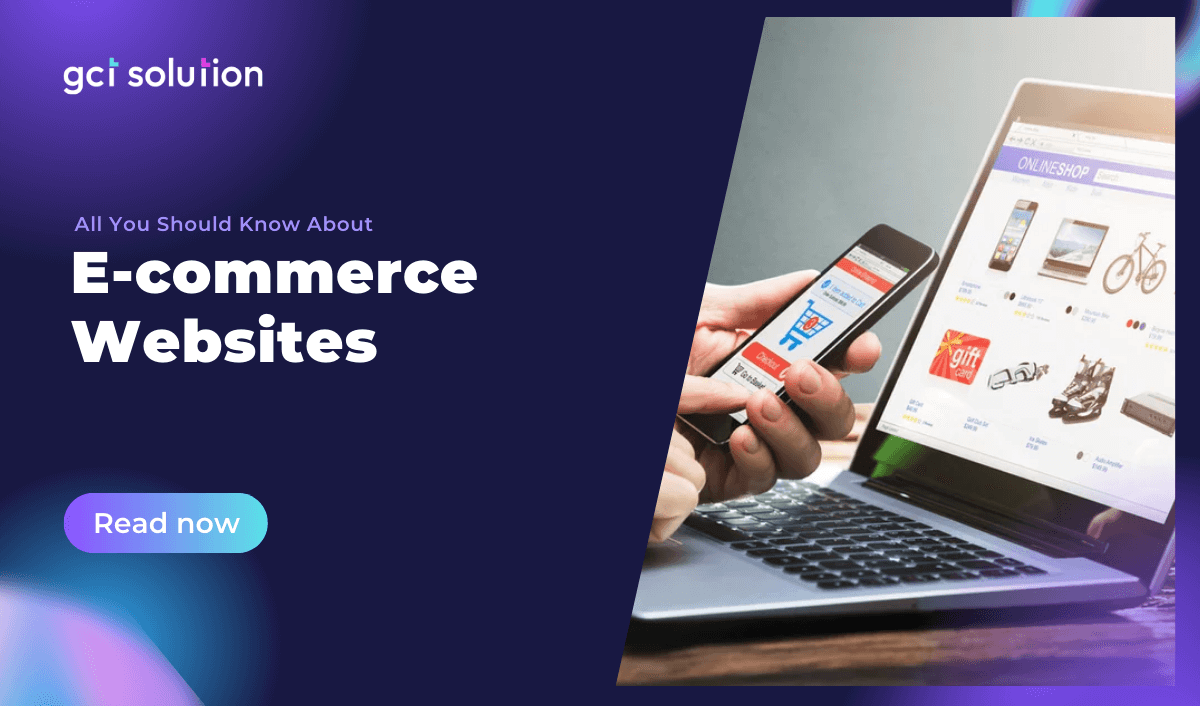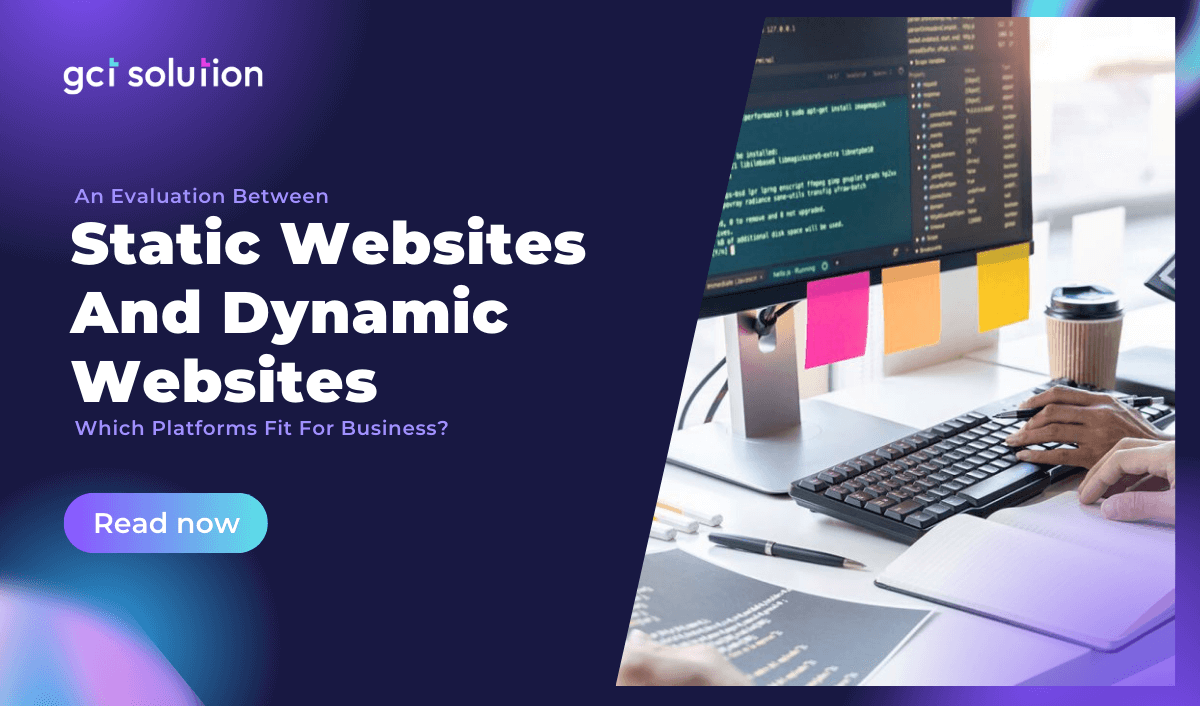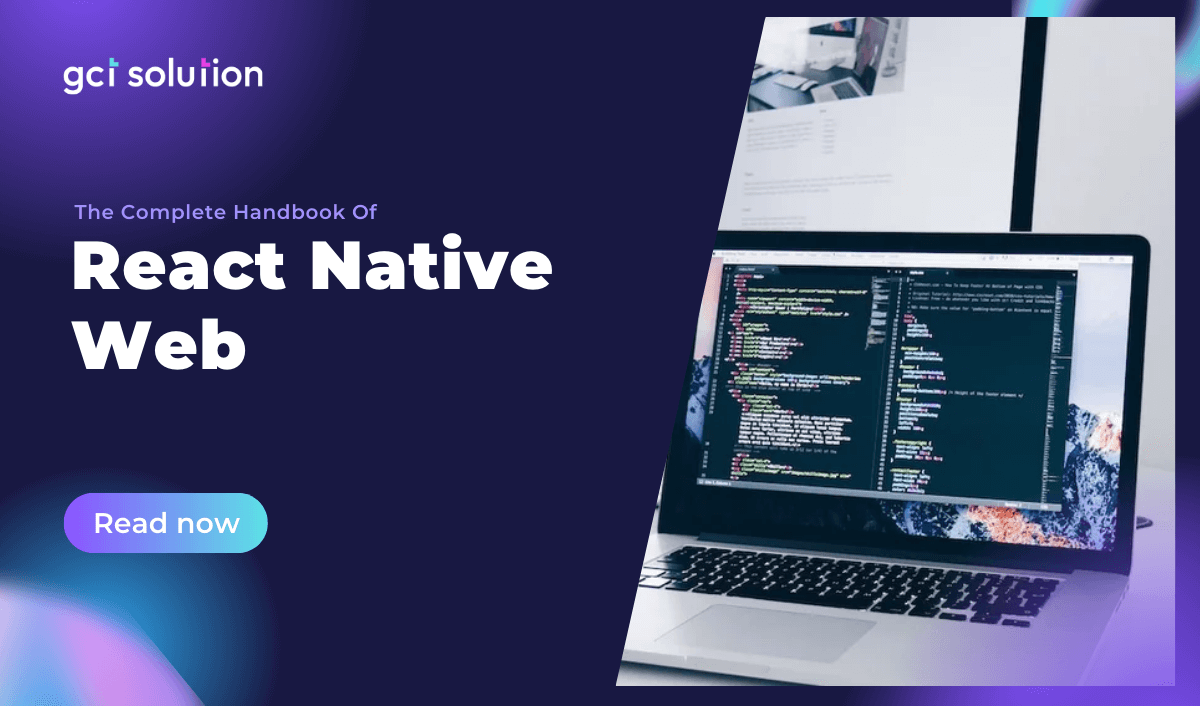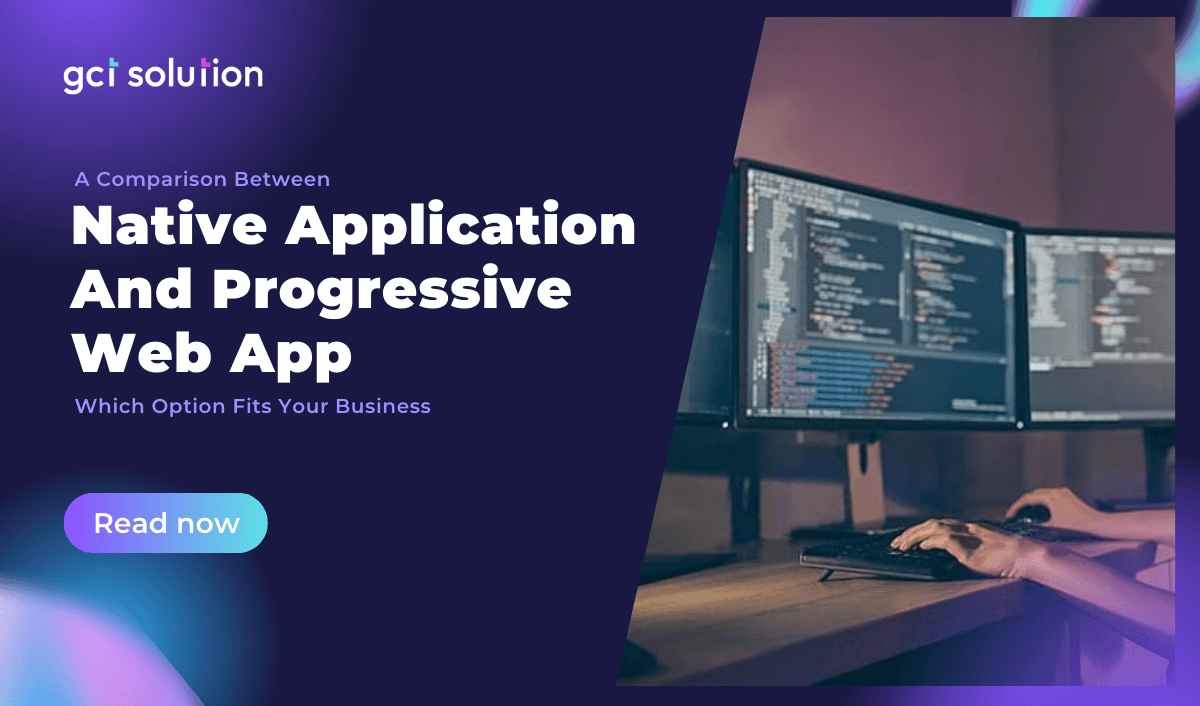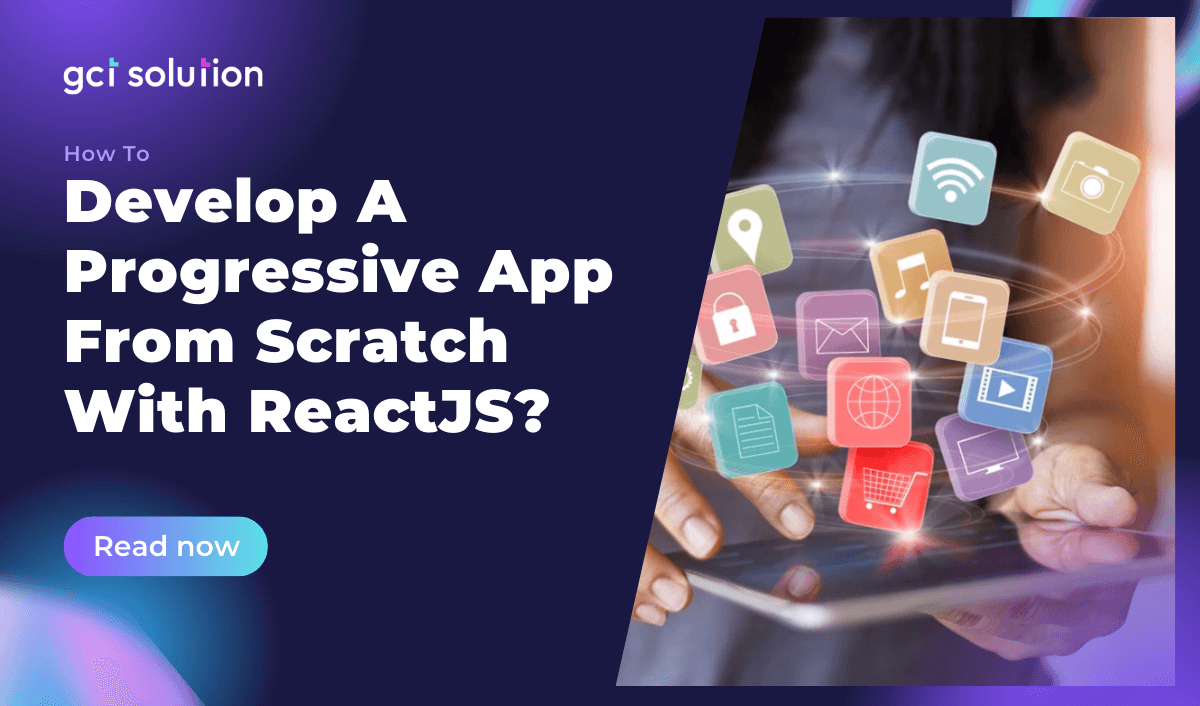After the outbreak of Covid-19, the FMCG retailing sector witnessed unprecedentedly high consumer spending power, as food and basic needs were in great demand due to country lockdowns. According to McKinsey's forecast, not only will the expansion of e-commerce in consumer goods continue beyond the epidemic, but it will also evolve in the next few years. Specifically, the explosion of new platforms, channels, and available data, in particular, will only continue. As consumer products firms figure out how to best connect with their customers, this movement presents both opportunities and challenges. If you are operating a consumer goods company, this article is for you. In this blog, GCT Solution will introduce 3 e-commerce trends that can increase the profitability of your company. So, what are the major trends in e-commerce?
How To Optimize Your Website With JavaScript?
JavaScript is commonly used to build eCommerce websites to acquire more users and enhance online shopping experience. However, Javascript also brings many performance problems on eCommerce websites. Understanding that difficulty, GCT Solution, an IT outsourcing company from Vietnam, suggests 6 tips related to Javascript libraries and frameworks that can help you to optimize eCommerce websites.
An Overall Information About Web Portals: All You Need To Know
In order to maintain their appeal, businesses must grow their online presence in addition to their geographic reach. Statistically, approximately 80% of Microsoft survey respondents prefer businesses that maintain a web portal. 90% of typical global respondents anticipate that a brand will have a web presence. 74% of the average global response rate utilized self-service online portals. Evidently, online portals are in high demand, thus as a business owner, you should at least consider establishing one. This article will examine the definition, variety, and benefits of online portals. We will also provide instances of web portals and the benefits they may offer to businesses.
All About Single-Page App And Its Real Application
Single-page apps are widespread. Even if you don't know what they are, you probably use them frequently; they're a fantastic tool for creating very interesting and distinctive user experiences on websites. A single page application is a website or web app that automatically modifies an existing web page with new data from the web server, as opposed to the traditional way of a web browser loading entirely new pages. Examples of famous single-page apps include Gmail, Google Maps, Airbnb, Netflix, Pinterest, and PayPal, among many more. Businesses are utilizing SPAs to create virtual fluid, scalable experiences. In the past, however, SPAs were black holes for marketers in content management. Working with a single-page application has always been a code-heavy task that does not adapt to the desires and objectives of marketers. Fortunately, it is now feasible to combine your SPA with the appropriate content management system (CMS) to provide developers and marketers with the desired amount of control. Are you eager to discover what SPAs can accomplish for your e-commerce business? Here is all you should know.
All You Should Know About E-commerce Websites
The advancement of technology and the internet have had a direct impact on e-commerce during the past decade. Similar to how the internet has become the preferred medium for marketing, advertising, and purchasing products, goods, and services, e-commerce has developed to compete with traditional shopping in various ways. Indeed, the growth of e-commerce increases the demand for e-commerce websites. They allow customers to search for products online, add them to a shopping cart, and enter their payment information to complete a transaction. Since the introduction of online credit card processing, e-commerce has infiltrated society and become an integral part of our daily lives. In Q2 of 2020 alone, e-commerce growth surged by more than 44% due to COVID and recent events. Knowing the growing need for e-commerce websites, this article explains what an e-commerce website is, why businesses should consider using it, what its benefits are, and how it operates.
An Evaluation Between Static Websites And Dynamic Websites: Which Platforms Fit For Business?
There are a variety of methods for creating a website when building your online branding. But in short, at the core, there are only two design types: static and dynamic websites. In this post, we'll examine the distinctions between static and dynamic web types, as well as how to select implementing static or dynamic content on your website.
The Complete Handbook Of React Native Web
Choosing your development stack is one of the most crucial considerations to make when beginning a new project. That’s why you must choose a platform where the majority of your users are engaged, but it should not be overly restrictive. In fact, your application's future expansion may need you to contact people on a mutual environment. Consequently, your initial stack should be adaptable enough to support such growing needs. Regarding adaptable platforms, React Native Web facilitates the use of React Native Components and APIs on the web by developers. This is a game-changer in the competition of mobile-first frameworks, as React Native is among the most popular cross-platform mobile application development frameworks. Acknowledging the trend of React Native app for the web recently, GCT Solution, a leading website app development company, gives you a comprehensive perspective about this platform, what it is, what it is used for, and how it works.
A Comparison Between Native Application And Progressive Web App: Which Option Fits Your Business
The mobile app has become a crucial tool in every company's toolbox, and it must provide a fantastic experience and outstanding outcomes. Indeed, Progressive Web Apps, a new form of app, have gained popularity in recent years (PWA). It combines the functionality of a native application with the usability of a website. Many people have questioned if PWAs would eventually replace native applications. What is the distinction between a PWA and a native application? What are their pros and cons? Which one should your business take into account? Let’s find out with expert insight from GCT Solution!
What Distinguishes An API From A Web Application?
Web services and APIs are technical terms that are sometimes misinterpreted. You may have even heard these terms used interchangeably, but in fact, they are not similar. Although they have some similarities, web services and APIs are distinct concepts. Today, we'll explain the differences between web services and application programming interfaces (APIs), as they serve varied purposes based on your software's requirements. This guide will define APIs and web services separately, then compare and contrast them to show their differences. In this article, GCT Solution, a top software development company in Vietnam, will give you a tutorial about this topic: What is an API What is a Web Application Why these two definitions overlapped? Why API and Web Application are different? How to use API and Web Application in different cases?
How To Develop A Progressive App From Scratch With ReactJS?
With its application efficiency and development simpleness, ReactJS's appearance has shaken up the world of front-end development. In recent years, PWA technology has once again shaken the globe. Therefore, online and mobile applications are currently losing popularity and quality of user experience to progressive web apps. In this article, GCT Solution will tell you more about how you can make your application stand out by making use of these two technologies. Let's examine briefly what React is, what a PWA is, and how to create PWAs using React. In fact, it is not time-consuming to build a PWA. The simplest way is to use progressive app builders or developer tools for building PWAs. However, if you need to make a truly high-quality product, you will learn how to do it below.


